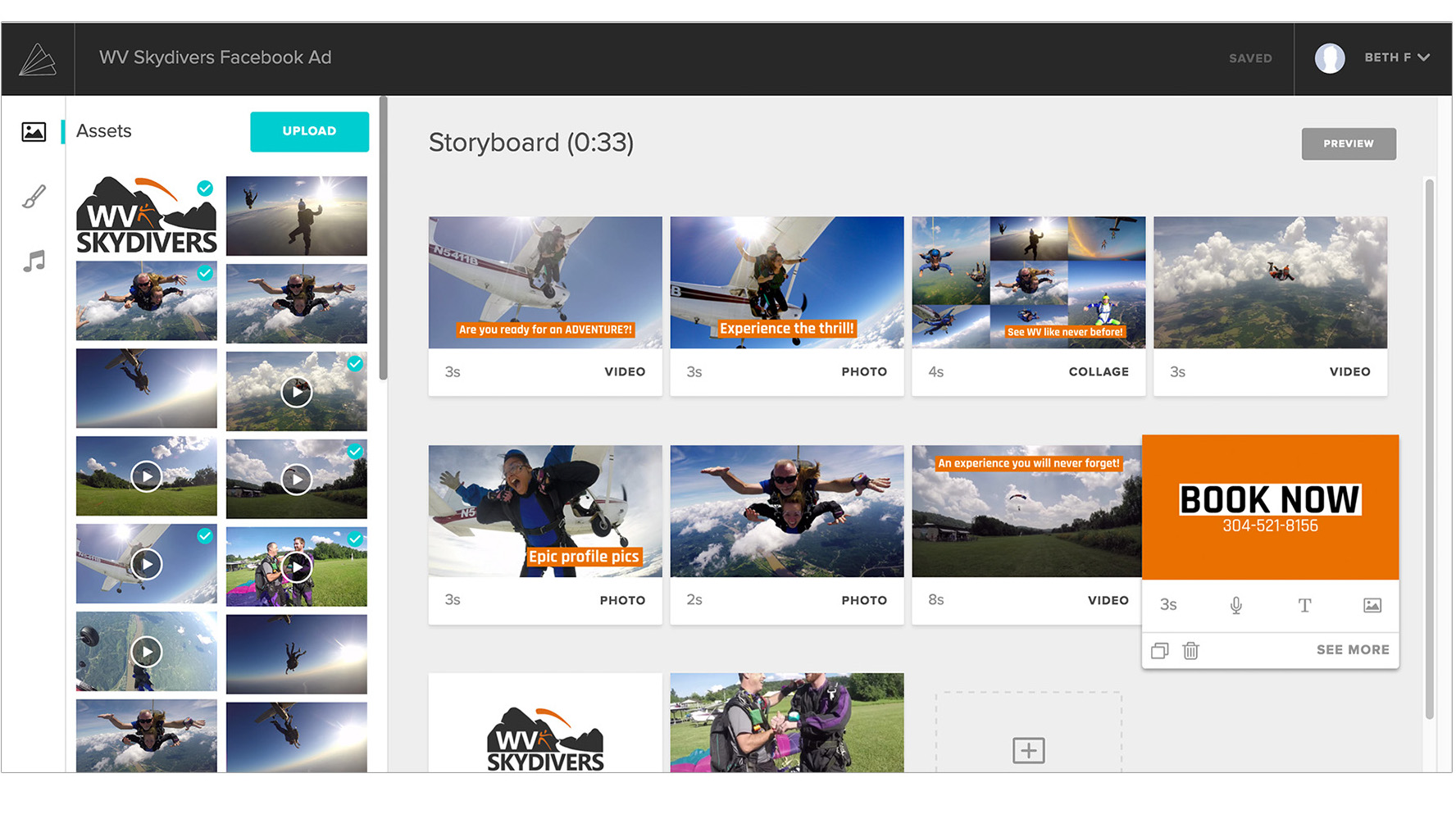Animoto: Best Tips and Tricks for Teachers
Use Animoto to make the best videos with these helpful tips and tricks for teachers

Animoto is one of the best ways to quickly and easily make videos online using any device. As such, it's a great free tool for teachers to use inside the classroom and for remote learning. Of course, it's also useful to help students create videos as another way to communicate and develop in the learning environment.
Being simple to use is one thing, but knowing the best features and tricks to make sure you get the most out of this video editor is another matter. While the layout of Animoto is super minimal, there are more complex tools and techniques that make it a very powerful platform.
Here are the best Animoto tips and tricks for teachers so you can get the most out of using videos inside and outside of your classroom.
- What is Animoto and How Does It Work?
- How to setup Google Classroom 2020
- Best Digital Tools for Teachers
Use education-focused resources
One great feature of Animoto is its ability to let you create videos by simply dragging and dropping media. This can be video clips, from a phone or tablet using the app, or already created content.
For students, there is a fair amount of media available on the free version of the Animoto account. While there is a lot more in the paid versions, you need not necessarily pay to get great images and videos.
Some top places to source video and picture content are NASA, the Library of Congress, and the education specific Pics4Learning.

Capture your field trip
Alright, perhaps skydiving imagery is a bit much. But the idea is true enough -- take your class on a field trip and have them record the experience to edit later, for example.
Tools and ideas to transform education. Sign up below.
From a tour of a museum to a visit of an historical site, by tasking your class with creating a video at the end, they're committed to capturing video and images while remembering the key points of the trip. Requiring text to be overlaid can be a way to further ensure they're learning.
During remote learning, students could be asked to walk around their neighborhood and create a video about nature or even their own personal experiences.
Make your own music
Another great feature of Animoto is the ability to upload your own music. While the platform does already have a selection of tracks available, you can always add your own original work.
Any students capable of making music can add their own soundtrack to a video. For example, on a project, if you organize groups with a musical student in each, they can have the task of creating the music.
You can also take advantage an easy-to-use third-party app, such as Apple's GarageBand, so even novices can get started learning to make their own music for the videos.

Make a virtual quiz information video
During times when students are remote learning, you can still take them away from the room. Either go to a place yourself and get your own video footage or collect videos and images from a site to create your own virtual field trip that can have the audio as your narration over it.
This is a great way to get a discussion started or to introduce a topic that can then be followed by a quiz. If you're using a platform such as Google Classroom, it's easy enough to place the video, any supplementary information resources, and the quiz all in easy-to-access spots so the students carry out the task with minimal guidance from an instructor.
Record the class for families
One great way to use video is to show parents and guardians what their child is up to in class. This could include a video focused on a single child for a day, or a larger-scale video that follows an entire class over a term. (Just be cognizant of and comply with all the related privacy laws and restrictions!)
Whichever you pick, all you have to do is record videos in class and take photos. Then upload them to Animoto for an easy edit of a video that can be quickly shared with families so they can see how their student is doing. Parental engagement could even be encouraged by setting a task to be done at home that involves family responses to certain tasks.
Capture a lesson for others
If some students aren't in the classroom, or will be absent for a period of time, capturing the lesson is a great way to share lessons and the experience of being in the room. This is superb for something such as a science lab demonstration.
These videos can include instructions and advice for tasks to carry out as a follow-up. Since videos can be saved, it makes for useful resources that can be used again for the following year's class who may be covering the same curriculum content.

Get students to create book previews
Book reviews are fantastic, but a spin on that is a book preview. Here you can assign students the task of giving a short preview of a book that they've read. This can include the title, characters, and the basic plot points. The point is not to give too much away.
This can then be used in conjunction with the school library. Print a QR code that link to the video and have it added to the library book so that other students can scan it with their devices and get a quick preview from a peer of a book they may be considering reading.
Create a 30-second pitch
Animoto is a great way to quickly create videos, so why not create quick ones? Get students to think about being concise by developing a short "elevator"-type pitch.
From a business idea or invention (such as on Shark Tank) to a media project such as a new animated TV show, have students record their own 30-second video of their ideas trying to encourage others to "invest" or watch. You can do this individually or in groups, and have the entire class watch every one and pick the best at the end. Then you could actually get to creating those ideas in the real-world as the next class project.
Luke Edwards is a freelance writer and editor with more than two decades of experience covering tech, science, and health. He writes for many publications covering health tech, software and apps, digital teaching tools, VPNs, TV, audio, smart home, antivirus, broadband, smartphones, cars and much more.
